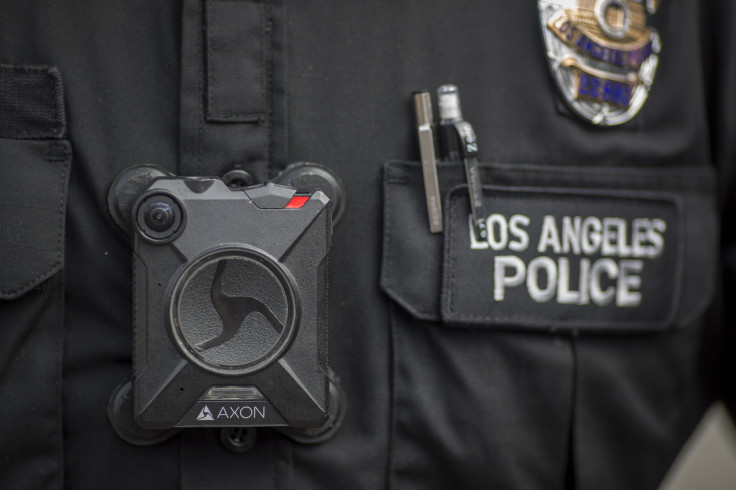ShotSpotter: Police In 90 Cities Install Gunshot-Detecting Microphones In High-Crime Areas

Law enforcement in more than 90 cities across the country have strategically placed microphones in high-crime neighborhoods to immediately detect the sounds of gunfire and alert police to the exact location via dots on a digital city map.
ShotSpotter, the gunfire locator and sensor technology, was first installed by New York City police in 2015. In the past two years, the gunfire location technology has been expanded across the country, Business Insider reports. The hundreds of tiny sensors used in NYPD's pilot program were placed along rooftops, light posts and traffic poles throughout high-crime areas of the Bronx and Brooklyn. Since then, a $3 million budget increase allowed NYPD to roll out the microphones to all five boroughs by the end of 2016.
Read: Body Cameras For US Police Officers: Are They Effective?
The ShotSpotter equipment picks up gunshot sounds and relays the data as an alert to the company’s headquarters in Newark, Calif., where software analyzes the sound as well as providing a GPS dot to local law enforcement computers across the country that is accurate within 11 feet.
The company was founded by Dr. Robert Calhoun and Dr. Robert L. Showen and Ralph Clark joined the company in 2010.
Gunshot Detection Accurate To Within 11 Feet Citywide
ShotSpotter CEO Ralph A. Clark told DNA Info in 2016 that whenever the equipment hears a “boom or bang” it timestamps the sound within milliseconds while also ignoring all other sonic activity.
“The GPS chip gives us a precise location and precise time so when these sensors detect the boom or bang and timestamp it, they’re sending that little bit of metadata back to the software in the cloud [that triangulates the location],” said Clark. “It’s like solving a puzzle, right? It says ‘OK, the location of that boom or bang sound had to be here.’”
ShotSpotter also sends alerts to apps on police officers’ phones.
The company admitted there are still issues with the technology. A 2015 Forbes analysis found that 30 to 70 percent of shootings reported by the data in more than two-dozen cities actually turned out not to have been real gunshots. Often the microphones can pick up fireworks or vehicle noises that set off the alerts. But law enforcement officials still say it’s helped track “serial shooters,” which are often underreported in some high-crime areas.
"We've gone to the dot and found the casings 11 feet from where the dot was, according to the GPS coordinates," Capt. David Salazar of the Milwaukee Police Dept. told Business Insider. "So it's incredibly helpful. We've saved a lot of people's lives."
Salazar added that before the implementation of the ShotSpotter microphones, only 16 percent of gunshot cases led to 911 calls. NYPD crime statistics show that between 75 and 80 percent of shooting incidents are not reported to 911 in the city.
ShotSpotter’s Clark claims that some cities have seen a 25 to 35 percent decrease in year-over-year gun violence in specific high-crime neighborhoods. He said the software records 60,000 gunshots each year throughout the country.
**Editor's Note: Previous version of this article incorrectly stated that Ralph Clark was the founder of the company. Correction made on 6/27/2017.
© Copyright IBTimes 2024. All rights reserved.











